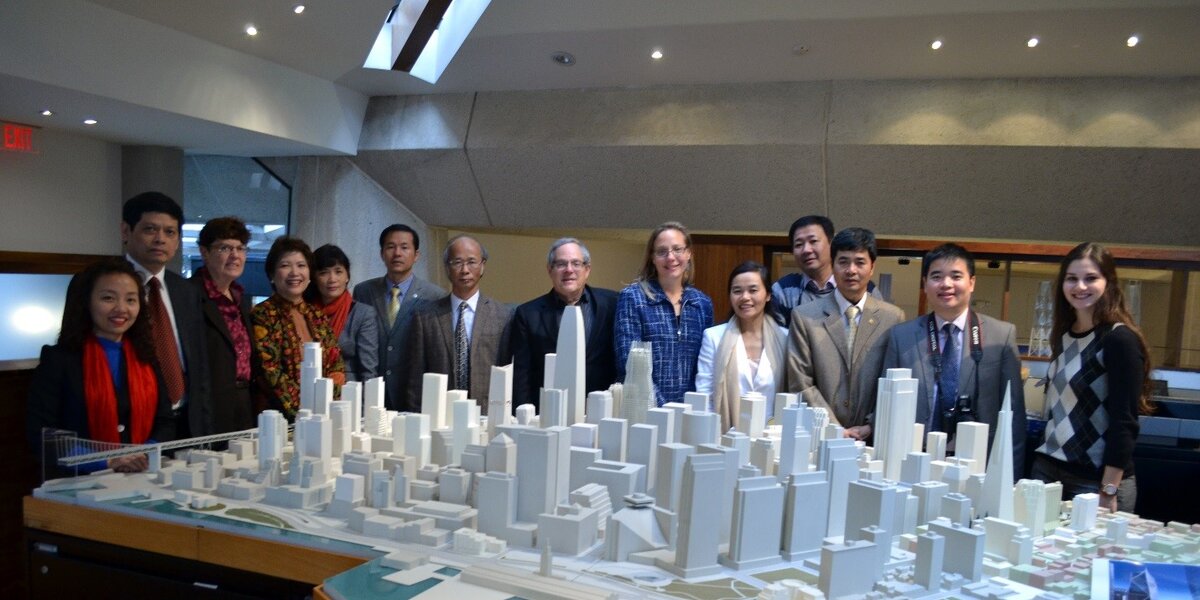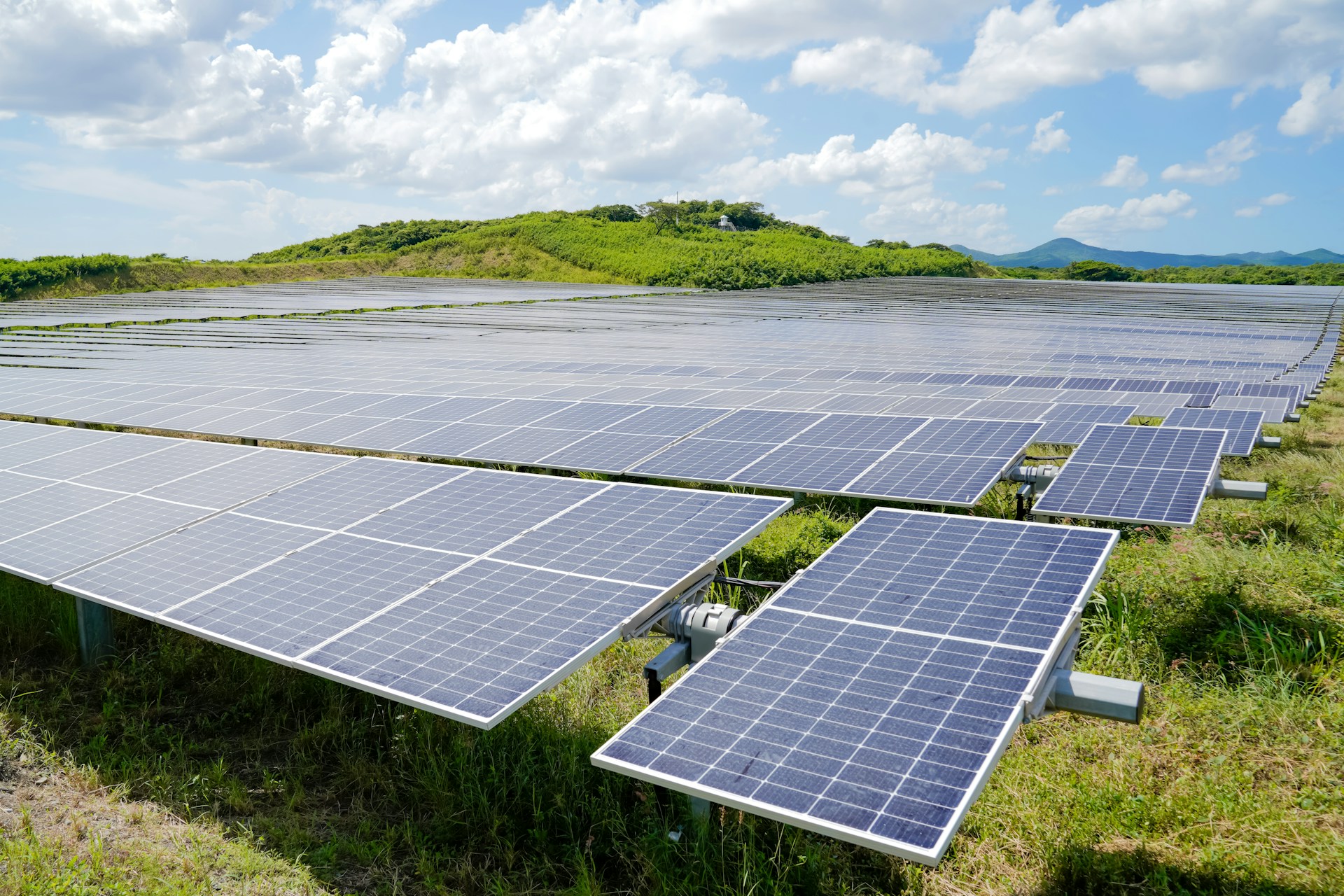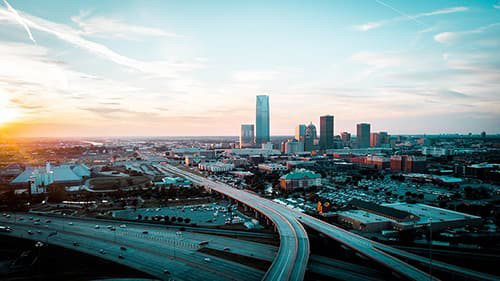Highlights From the Road: USAID Vietnam Clean Energy Program
Let's Save Energy
Alliance to Save Energy's Blog
Highlights From the Road: USAID Vietnam Clean Energy Program

The Vietnam Clean Energy Program is the U.S. Agency for International Development (USAID)’s flagship five-year initiative to reduce electricity consumption in Vietnam through improved energy efficiency in the building sector. Initiated in October 2012, the project is being supported by Winrock International and the Alliance to Save Energy, in partnership with the Vietnamese Ministry of Construction (MOC). The project’s primary objectives are to build capacity for establishing energy data, and to promote the implementation of Vietnam’s new building code and green building technologies.
Nine Vietnamese delegates — from the MOC, the Energy Conservation Center in Hanoi, the Ho Chi Minh City University of Architecture, and Winrock International — were accompanied by two staff members from the Alliance to Save Energy during a two week visit (November 8-23) with stops in Washington, D.C., New York, Austin, Houston, San Francisco and Berkeley.
The Vietnamese delegation participated in meetings and site visits with federal agencies, representatives of state offices, nonprofit organizations, leading research institutions, and other organizations involved in implementing one or more of the activities relevant to the USAID Vietnam Clean Energy Program. With our bags finally unpacked, we’ve compiled a few highlights from this interesting and informative trip:
East Coast
In New York, the delegation visited the World’s Most Famous Office Building — the Empire State Building — as a premier example of a historic green building. Johnson Controls was instrumental in the Empire State Building retrofit project that aims to reduce annual energy use by 38% per year, which would place the building in the top 25% of all U.S. office buildings in energy efficiency. Three years after the retrofit project, the building is ahead of its targets to achieve its energy reduction goal.
While in Washington, D.C., the delegation met with a number U.S. Department of Energy experts, as well as organizations such as the U.S. Green Building Council and the American Institute of Architects (AIA). AIA staff explored forming a relationship with their Vietnamese counterpart, the Vietnamese Association of Architects. Several staff also presented on AIA’s Committee of the Environment (COTE) chapters, Knowledge Communities and continuing education resources.
Southwest

The next two cities — both in Texas — were selected for their climate, which is comparable to the climate of Vietnam. The delegation visited Austin Energy to learn more about the utility’s programs, including the Austin Energy Green Building (AEGB) program, the nation’s first green building rating program. AEGB has separate rating guides for each building category: single family, multifamily and commercial. By using an Austin-specific rating system, the City of Austin is able to carry out Austin’s aggressive climate protection goals and build homes and businesses that are able to withstand a hot, humid and drought-prone climate.
West Coast
California is a recognized leader in energy efficiency, and Berkeley is no exception. The delegation visited Lawrence Berkeley National Laboratory (LBNL), where it toured the Windows Lab and the newer FLEXLAB. FLEXLAB is the most flexible, comprehensive and advanced building efficiency simulator in the world; it allows users to test energy-efficient building systems individually or as an integrated system, under real-world conditions. The group also heard about energy-efficient building technologies, the Standard Energy Efficiency Data (SEED) platform, the Building Energy Data Exchange Specification (BEDES), Simergy and EnergyPlus models and Modelica simulation research.
Back to Vietnam
Now that the delegation is back in Vietnam, they plan to continue working with USAID and other contacts while building upon relationships formed during the visit. Vietnam is currently preparing its first-ever buildings database, making the delegation’s meetings in the U.S. very relevant to the country’s efficiency goals. Feedback from the group indicates that the delegates were exposed to much new and helpful information related to energy efficiency in buildings. Delegates also expressed the desire to work with their new contacts to enhance the capacity of Vietnamese policymakers to use energy modeling and simulation software.
RECENT BLOG POSTS
STAY EMPOWERED
Help the Alliance advocate for policies to use energy more efficiently – supporting job creation, reduced emissions, and lower costs. Contact your member of Congress.
Energy efficiency is smart, nonpartisan, and practical. So are we. Our strength comes from an unparalleled group of Alliance Associates working collaboratively under the Alliance umbrella to pave the way for energy efficiency gains.
The power of efficiency is in your hands. Supporting the Alliance means supporting a vision for using energy more productively to achieve economic growth, a cleaner environment, and greater energy security, affordability, and reliability.



